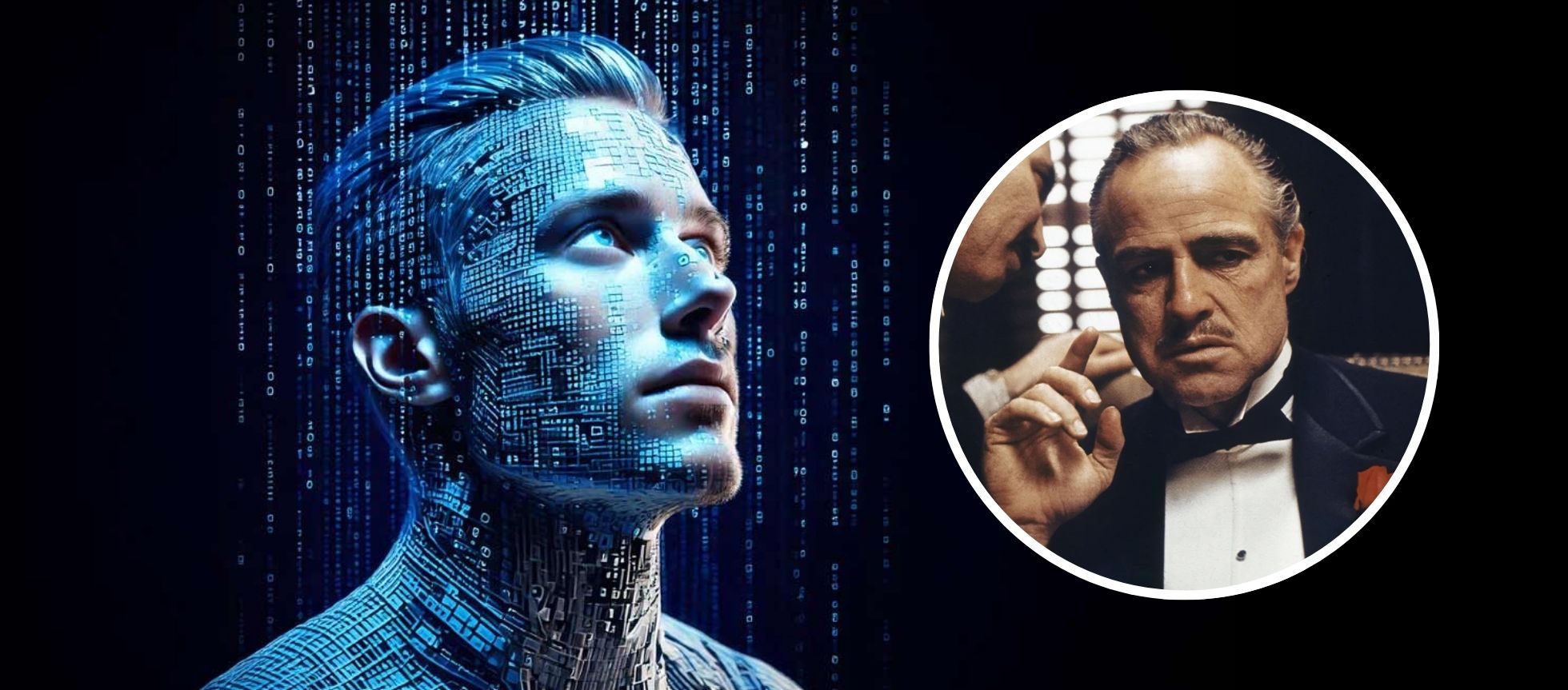A filmmaker known for high-octane action movies is betting millions on a revolutionary approach to artificial intelligence that could transform how films are made — by teaching computers to act like Marlon Brando.
Timur Bekmambetov, the director behind the 2008 Angelina Jolie vehicle “Wanted,” has spent roughly $5 million and more than a decade developing technology that applies Method acting principles to AI-generated characters.
The result? Digital performers that look remarkably lifelike and deliver emotionally nuanced performances that transcend the usual uncanny valley of computer-generated imagery.
The system, dubbed Stanislavsky after the legendary Russian theater director who pioneered psychologically realistic performance techniques, represents a dramatically different approach to AI filmmaking. Rather than simply instructing an algorithm to make a character “look sad,” Bekmambetov feeds the system detailed emotional backstories and motivations.
“If a character is staring out a window with a sad look, I won’t just tell the AI, ‘He’s sad,'” Bekmambetov explained during a demonstration of the technology. “In the prompt I’ll use the Stanislavski system and write something like ‘His dog died yesterday, and the sunset is reminding him of what it was like to play with his dog in the park.'”
“It’s not about what you want a character to do; it’s giving them a map for how to get there,” he added.
The platform goes beyond creating digital actors. It functions as a comprehensive filmmaking tool that breaks down scripts into suggested shots and sequences, while allowing different departments — from cinematography to production design to editing — to collaborate on a single interface. This integrated approach enables filmmakers to share notes, provide feedback, and guide the AI in refining their creative vision.
Bekmambetov is aiming for a December launch of the technology, arriving at a moment when Hollywood remains deeply divided over AI’s role in entertainment. While studios view the technology as a way to reduce costs and streamline production, many actors, writers, and creative professionals worry it will eliminate jobs across the industry.
The director acknowledges these concerns but remains committed to his vision. “It’s too late — AI is here to stay, so we have to train it responsibly,” Bekmambetov said. “Don’t think of AI as an angel or as the devil. Yes, it will take jobs, but what we need to focus on is how do we direct it and use it properly.”
He’s already putting the technology to work on his upcoming projects. Before filming began on “Mercy,” a thriller starring Chris Pratt that opens January 23 via Amazon MGM Studios, Bekmambetov created an AI-generated mockup of the entire film to present to studio executives.
“We basically showed them the final cut,” he said. “They gave me less notes. Usually, they’re watching dailies and giving you feedback during the production, but they didn’t do that this time.”
The director is pushing even further with his adaptation of “The Man With a Shattered World,” which tells the story of Russian psychologist A.R. Luria’s work helping a Soviet soldier recover from a traumatic brain injury. The film will unfold largely within the soldier’s mind and will be almost entirely AI-generated, featuring only one professional actor — the breakout star of a recent art-house hit whose identity Bekmambetov declined to reveal.
“Luria reprogrammed the patient’s brain, which is exactly what we’re doing now with AI,” Bekmambetov said. “He’s basically the father of AI, so it makes perfect sense to tell his story this way.”
Despite his enthusiasm for the technology, the filmmaker doesn’t believe AI will permanently replace human performers. “Someone like Angelina Jolie, you can instruct her, but there’s a magic there that can’t be entirely replicated,” he said. “Maybe actors will train their own AI models, which will allow them to work in different ways, but creative people can never be replaced.”
The Stanislavsky system’s approach echoes ongoing debates about Method acting itself, a technique that has drawn both praise and criticism in recent years. The approach, which encourages actors to draw from personal experiences and emotions to create authentic performances, transformed figures like Marlon Brando, James Dean, and Robert De Niro into screen legends.


